At Retrofootball® we want to bring football legends to life through their performances and the legendary jerseys they wore. Today we look at the history of the 'footballer of the century' through the football shirts he wore during his career: Edson Arantes Do Nascimento, known as Pelé. We start with the jerseys he wore with the Seleção, tracing part of the history of the Brazilian Canarinha jersey.
Switzerland '54 - "The Battle of Bern". Brazil was back from the 1950 World Cup, where they had the support of the public and at the same time were one of the favourites to win the tournament. Unfortunately, the World Cup did not go as planned. At the time, the competition was organised in a Italian round, with the winners of each round competing in a single final round to determine the winner. Against all odds, Italy was beaten by Sweden and England by Spain. The final group consisted of Brazil, Uruguay, Sweden and Spain. Brazil's first two matches resulted in two crushing victories against Sweden and Spain, while Uruguay found it much more difficult to reach second place in the group. The final match, with the green-gold team leading with four points and Uruguay second with three, was an unpredictable one. Brazil, the strongest team in the world, was defeated in front of its home crowd at the Maracanã Stadium in Rio de Janeiro. The almost 200,000 spectators were silenced by Uruguay's second goal, scored by Ghiggia in the 79th minute, which made it 2-1 for the guests. Uruguay became world champions. After the match, dozens of people felt ill and the atmosphere was surreal. The atmosphere was surreal, from the almost unnoticed award ceremony to not singing the national anthem. Years later, Ghiggia would say: 'Only three people silenced the Maracanà with a gesture. Frank Sinatra, Giovanni Paolo II and me.
After the Maracanazo, the Brazilian Football Federation decided to change the colours of the jersey for superstition, which until then had been white with a blue collar. For a few years a blue jersey with white shorts was used, until after the 1954 World Cup, the classic green-gold uniform was introduced.
In the 1954 World Cup, Brazil was placed in Group 1. One of the most important episodes of this World Cup was the match between Seleção and Hungary, which was played to reach the quarter-finals of the competition and which became known as the "Battle of Bern". This match between two of the strongest national teams of the time was marked by a series of episodes. From the expulsion of the Hungarian captain József Bozsik and Nílton Santos at the end of the match, to the invasion of the pitch by Brazilian fans, who were already very noisy during the match. The 'Battle of Berne' ended in defeat for Brazil and several people were injured in the post-match brawl.
Sweden '58- The first World Cup with Seleção. The 1958 World Cup was a triumph for O Rei. Pelé was called up by coach Feola and played his first match against the USSR. He was the youngest player in the tournament and scored his first goal against Wales. At the age of 17, O Rei scored a hat-trick in the semi-final against France and led Brazil into the final to challenge the hosts for the World Cup title. The final between Sweden and Brazil ended in a 5-2 victory for Brazil, with 17-year-old Pelé scoring a brace to become the youngest player to score in a World Cup final. In the 1958 final, one of the most beautiful goals in World Cup history was scored by O Rei with a precise volley. From that moment on, the legend of Pelé began.
Pelé Brazil 1958 Jersey: short-sleeved shirt with polo neck, completely blue. Designed and manufactured in the style of the 1950s with the Seleção logo on the left side.
Pelé at the 1962 World Cup in Chile. O Rei's second World Cup. The 1962 World Cup was a disaster for Pelé, who was injured in Brazil's second game while attempting a shot from distance. Unfortunately, this injury prevented him from playing throughout the competition. Without Pelé, Brazil managed to win the World Cup that year, led by Garrincha.
Brazil jersey from the 60s. Historic yellow Brazil shirt with green collar.
Pelé at the 1966 World Cup: At the 1966 World Cup, Feola's Brazil was already qualified, having won the 1962 edition. Unfortunately for O Rei, this World Cup was again disappointing. After a heavy intervention by the defender Žekov, Pelé was forced to leave the field again, as it had happened in 1962. He was able to return to the pitch against Eusebio's Portugal, but the hard play that characterised this World Cup made him limp during the match. Brazil were then defeated 3-1. O Rei was morally affected by these events and said he did not want to play in the World Cup anymore.
Mexico '70: the consecration of the legend. "How do you spell Pelé? G-O-D," wrote the Sunday Times the day after the 1970 World Cup final. The consecration of the Pelé legend came with the 1970 World Cup victory in Mexico, where O Rei was the absolute star. He was a starter from the World Cup qualifiers, playing 6 games and scoring 6 goals. Brazil started on their way to the final, as did Italy. On 21 June 1970, Italy and Brazil played in the final and O Rei opened the scoring for Brazil with a great game. Brazil's superiority led to a 4-1 final and their third World Cup. Like the great Pelé. At the end of the match, the Italian defender Burgnich said: "Before the match I told myself that he was made of flesh and blood, like everyone else, but I was wrong". This was the last World Cup for Edson Arantes Do Nascimento, better known as Pelé.
Brazil 70s jersey. Yellow T-shirt with green round neck. 100% cotton Brazil football shirt made in Europe with the characteristics of the 70s and current technology, for true football lovers.
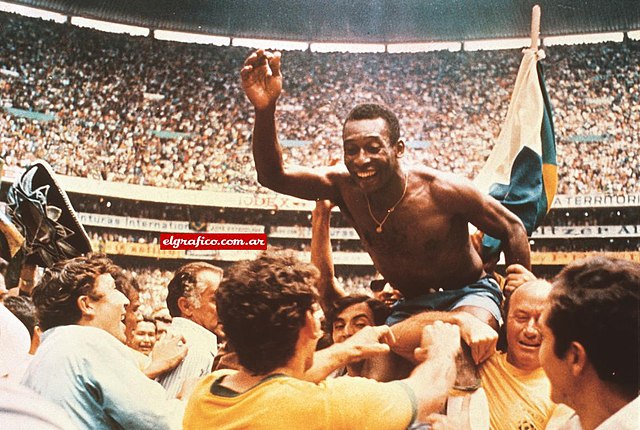 .
.
The beginnings: Pelé at Santos. The legend of Pelé began in Três Corações, Brazil. Having no money to buy a ball, he played with a bundle of rags and paper. The name Pelé originated at school, when a boy started calling him that as a joke because he mispronounced the name of the goalkeeper Bilé, saying Pilé. As a result, the name by which football consigned this legend to history did not please Pelé himself, who preferred to be called Edson. During his professional career he played almost exclusively for Santos, making his debut on 7 September 1956 against Corinthias, scoring Santos' only goal in a 7-1 defeat.
Used as a regular starter in the team, O Rei was called up to the national team only 10 months later, at the age of 17. His career was full of success and, after the 58th and 62nd World Cups, many European teams, such as Juventus, Manchester United and Real Madrid, tried to sign him without success. In 1961, the Brazilian government declared Pelé a 'national treasure' and prevented any possible transfer of the champion.
In 1969, O Rei, scored his 1,000th goal, and therefore called "O Milésimo", in a penalty shot against Vasco da Gama at the Maracanã Stadium in Rio de Janeiro. It took 10 minutes to shoot the penalty. Journalists and fans had to take their places to take a legendary photo.
As for Pele's Santos, in the 1960s and 1970s it was considered one of the best teams in the world and played friendly matches everywhere. An unusual incident occurred when, during a Santos match in Colombia, the referee sent off Pelé and the crowd became so angry that the referee had to leave the field and O Rei had to play again.
The fame and emotion that Pelé transmitted to fans all over the world led to another unique episode in football history. In Nigeria, the two factions of the time were fighting a civil war and in order to enjoy O Rei's plays they decided to sign a 48-hour truce, proving that Edson Arantes Do Nascimento was more than just a sports star. He was the icon of an entire world.
Pelé played 19 seasons with Santos.
Retro Santos jersey from the 60s and 70s. Replica of the Santos jersey identical to the original model. For fans of Brazilian football, this shirt is one of the most popular in our retro football shop.
From NY Cosmos to retirement. In 1975, Pelé was signed by the NY Cosmos, not only because of his technical skills, but also because of the great visibility that a champion like O Rei could bring. The idea was to promote football in the United States using the fame of the greatest footballer in history. Not only Pelé, but also Beckenbauer, Chinaglia and Carlos Alberto.
After playing three seasons in the United States, Pelé retired on 1 October 1977 playing one last match. A friendly match between the NY Cosmos and Santos, his two teams, which was broadcast worldwide. O Rei played one half with the NY Cosmos and one half with Santos, and at the end of the match he waved to the crowd with Brazilian and American flags in his hands while his teammates carried him on their shoulders. The world had just said goodbye to a champion who transcended the boundaries of football and sport.
We conclude our journey through the career of the footballer of the century. An athlete who transcended the boundaries of sport and made football fans all over the world dream. We have omitted many anecdotes, but it would not be possible to write Pelé's story in 2000 words.
 Retrofootball
Retrofootball  Belgium
Belgium  France
France  Germany
Germany  Italy
Italy  Portugal
Portugal  Spain
Spain  Switzerland
Switzerland  United Kingdom
United Kingdom  other countries
other countries  Retrorugby
Retrorugby 
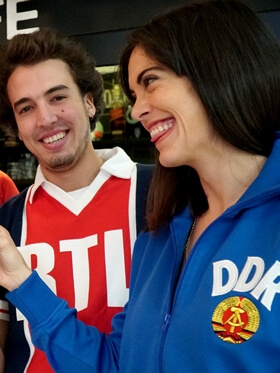
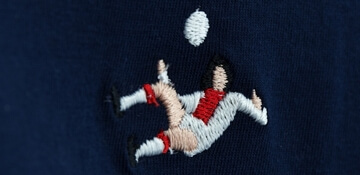
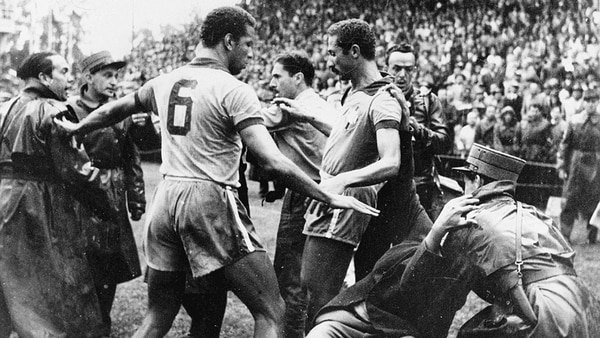
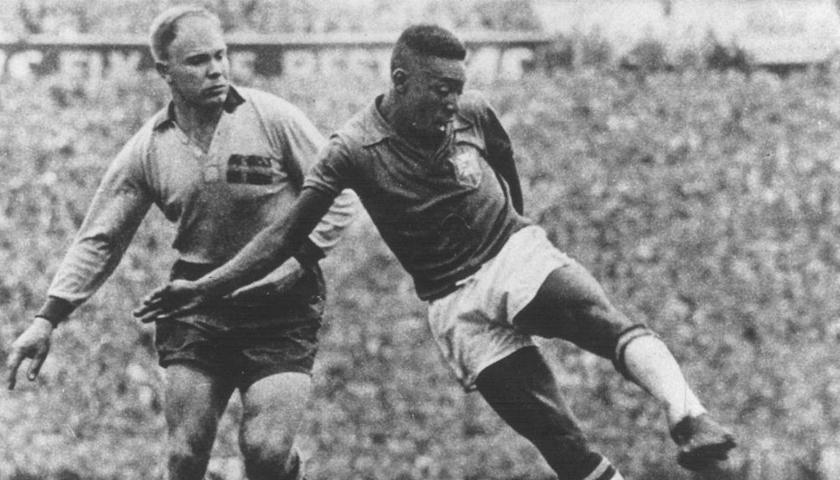
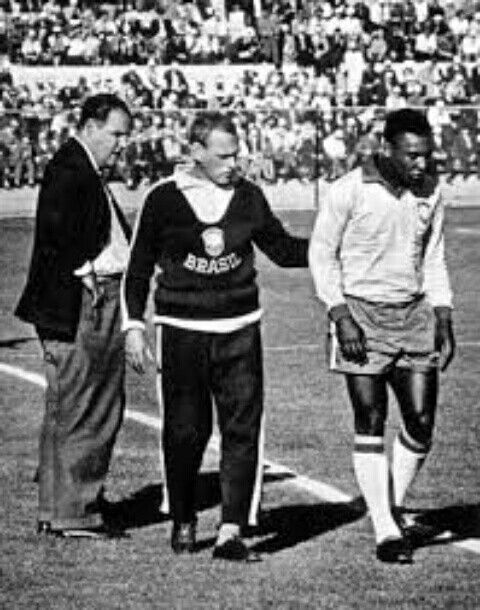
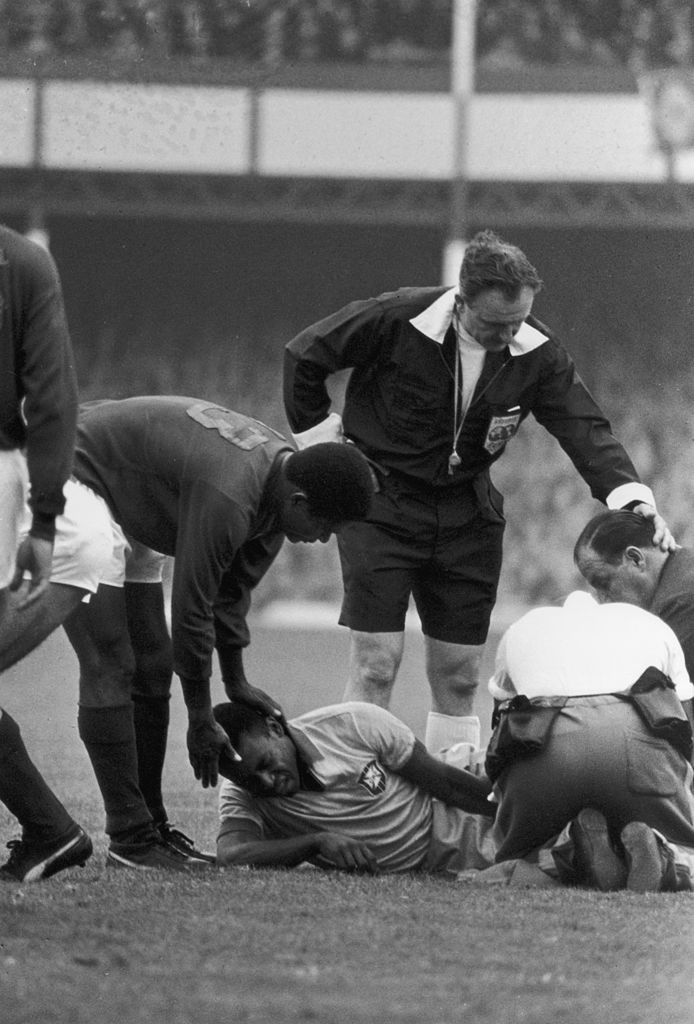
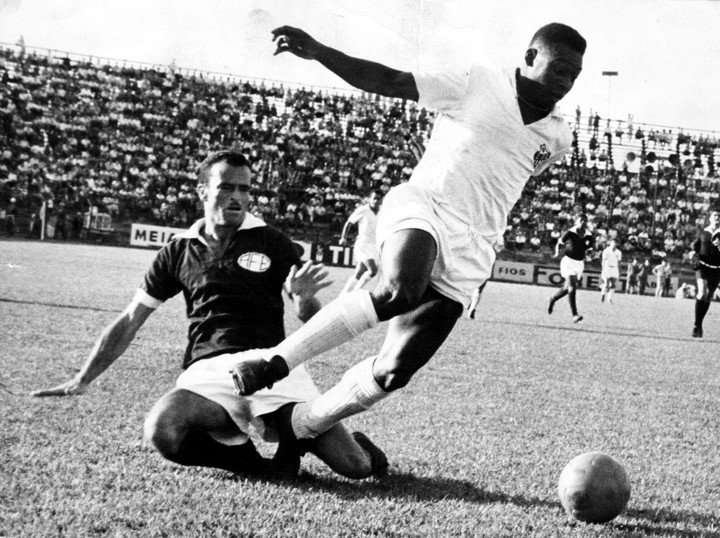
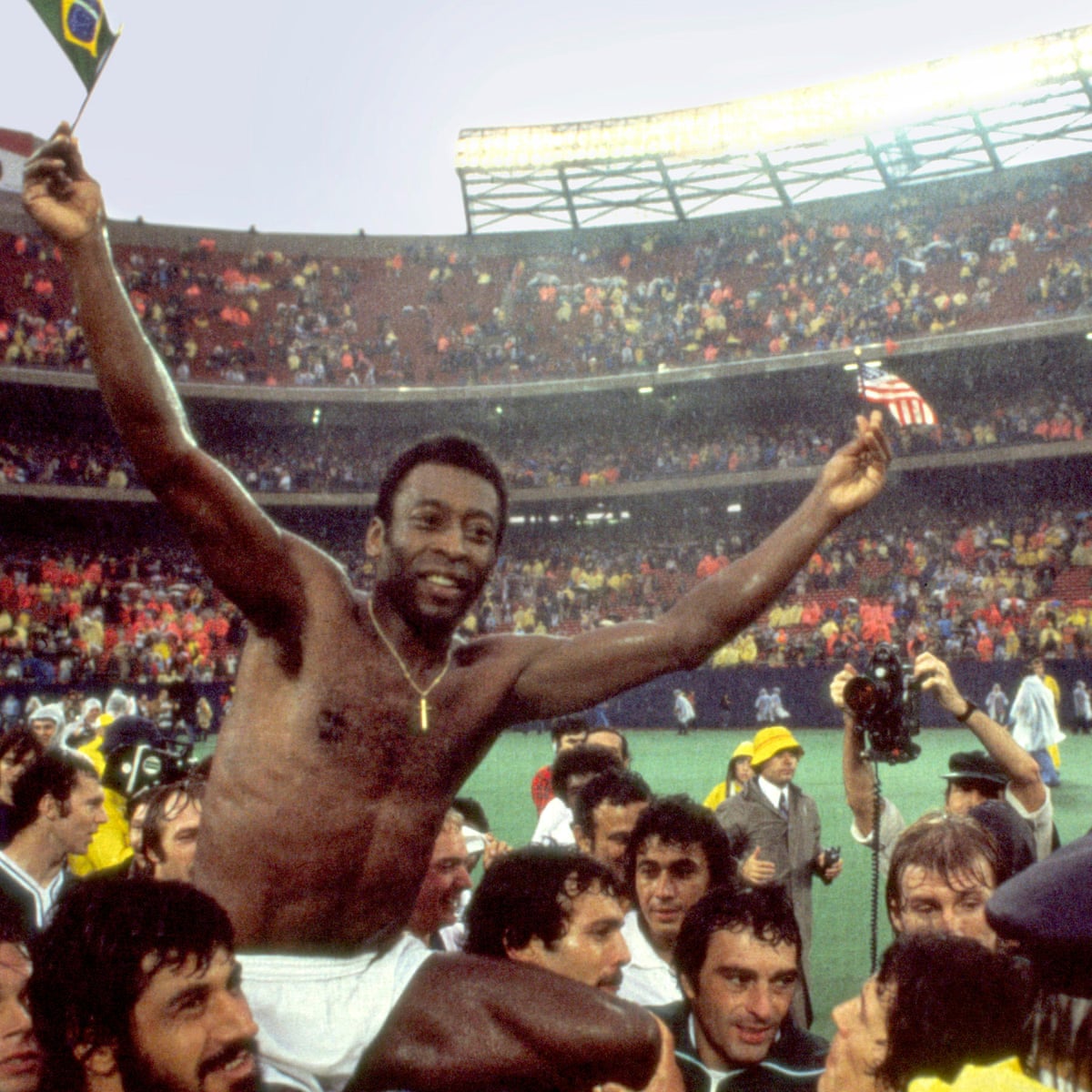




Post Comments